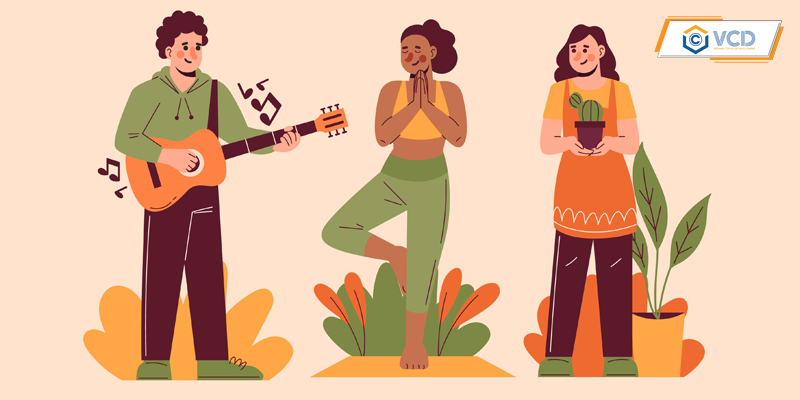Copyright of folk music
Folk artworks are extremely valuable traditional cultural values that need to be preserved and developed. Similar to other works protected by copyright, the law also has specific regulations and guidelines for copyright protection of folk artworks. So, what are the legal regulations on the copyright of folk music? Follow the article on VCD below.
1. Characteristics of folk music
Folk music has the following characteristics:
- Folk music is music that was born on the basis of an old agricultural economy, a monoculture of rice, heavily dependent on natural ecological environmental conditions. Its authors are farmers living in village communes, so the main areas of folk music activities is villages, hamlets, etc.
- Folk music is closely linked to the daily activities in production and life of farmers. They compose folk music to serve those activities such as lulling children to sleep and they never sing lullabies while in the fields because the creators of lullabies only sing when they need to lull children to sleep.
- It reflects the life, thoughts, and feelings of farmers by participating in folk cultural activities. We can find here performances using dance movements in singing or flute music with embroidered costumes full of patterns, lines, etc. All of these elements combine to create a unified whole.
- In addition, folk music is stored in human memory, this is not because farmers are ignorant and illiterate but because of the creative mechanism of dissemination and reception of culture in general and folk music in particular. Folk music is the result of the creativity of people from many generations, they are the ones who grasp the most folk music of the community, can practice or perform skillfully the skills, create to enrich that capital, and at the same time are the teachers who pass on that cultural capital to the younger generations.
Copyright is the copyright of the author for the work he/she composed. Other individuals are not allowed to infringe upon the author’s rights to manage, use, and exploit the value of the work without consent.
Based on the above analysis, folk music copyright can be understood as intellectual property rights for traditional musical works of the community, often without a specific author. It helps protect cultural values and national identity, prevents unfair exploitation, and can be managed according to the laws of each country. This copyright protection not only preserves cultural heritage but also promotes the sustainable development of the art industry.

2. Legal regulations on folk music copyright
Folk music is declared by the state to be protected, encouraged, preserved, and promoted. However, it is understandable that people do not care about who owns folk music and what its copyright is. As analyzed above, the owners are communal communities, so folk music is public property. According to state policy, people have the “right” to use folk music as material to compose their new works.
According to the Law on Intellectual Property in Article 22, folklore literary and artistic works are protected types of literary, artistic, and scientific works. Accordingly, folklore literary and artistic works are collective creations based on the traditions of a group or individuals to reflect the aspirations of the community, appropriately expressing their cultural and social characteristics, standards, and values circulated by imitation or otherwise.
According to the guidance of Decree 22/2018/ND-CP, literary works are expressed in the following specific forms:
Folk literature and artworks such as stories, poems, and riddles are types of word art.
Folk literature and artworks: songs, musical melodies, dances, plays, rituals, and games are types of performing arts such as cheo, tuong, cai luong, puppetry, songs, musical melodies, dances, plays, folk games, village festivals, and folk rituals.
At the same time, the Law on Intellectual Property also stipulates that when organizations and individuals use folk literature and artworks, they must cite the origin, indicate the origin, and place name of the community where the folk literature and artwork was created, and ensure the preservation of the true value of the work. Thus, folk music is also subject to copyright protection under the provisions of the Law on Intellectual Property.
The establishment of copyright protection for folk music in particular and folk artworks in general is carried out automatically. Specifically, according to the provisions of Clause 1, Article 6 follows: Copyright arises from the moment a work is created and expressed in a certain material form, regardless of content, quality, form, medium, language, whether published or not, registered or not. However, folk music will be protected regardless of its form according to the guidance in Clause 3, Article 18 of the Law on Intellectual Property.
VCD finds that copyright protection of folk music is very important to protect the cultural values and identity of the community, prevent unfair exploitation, encourage creativity, and ensure economic benefits for artists. It also promotes respect for cultural heritage, contributing to maintaining cultural diversity in society.
